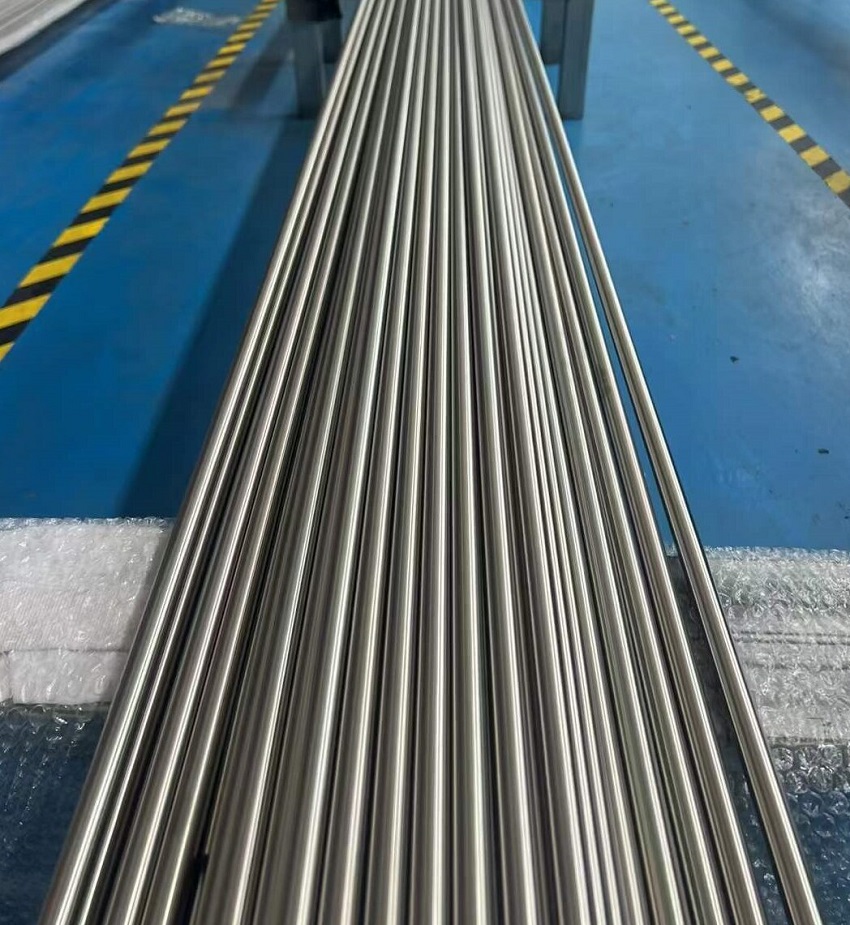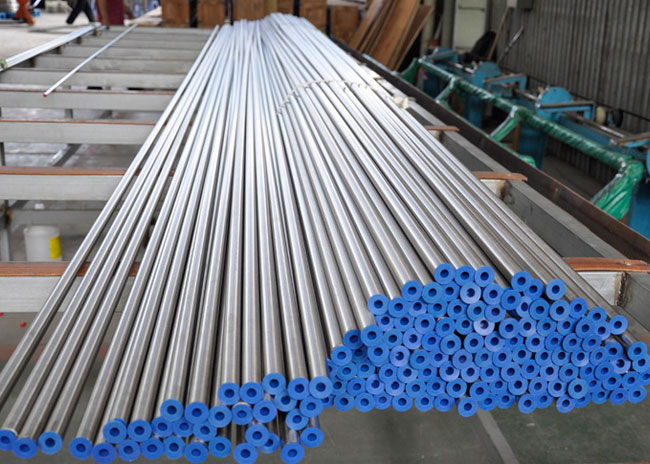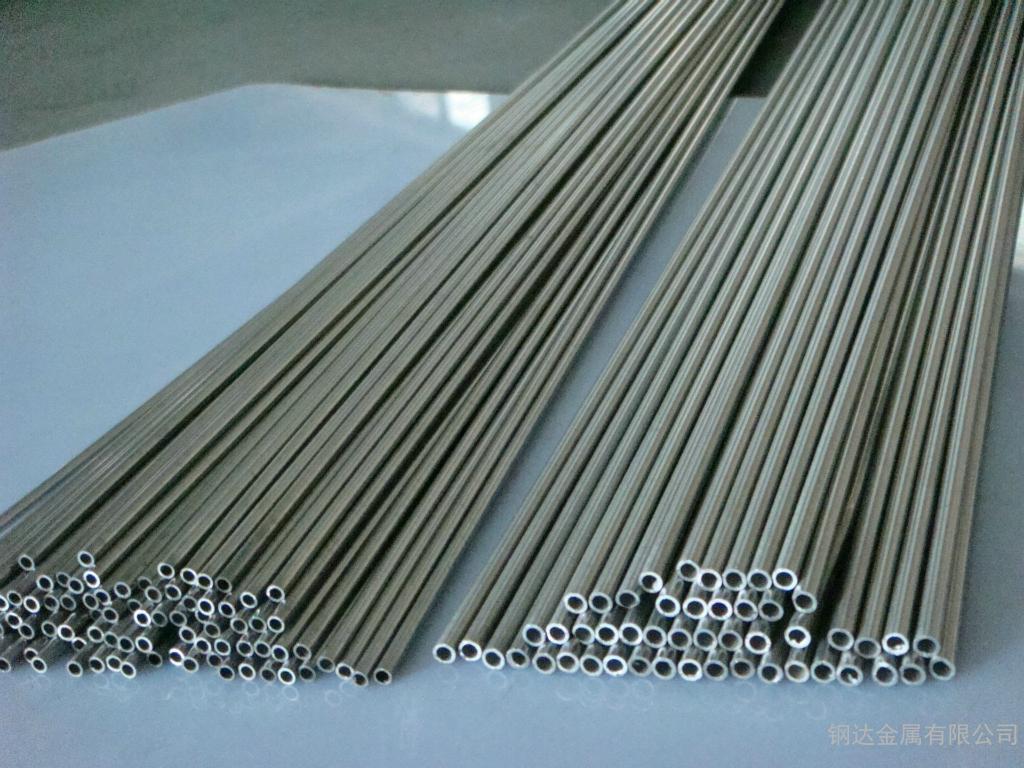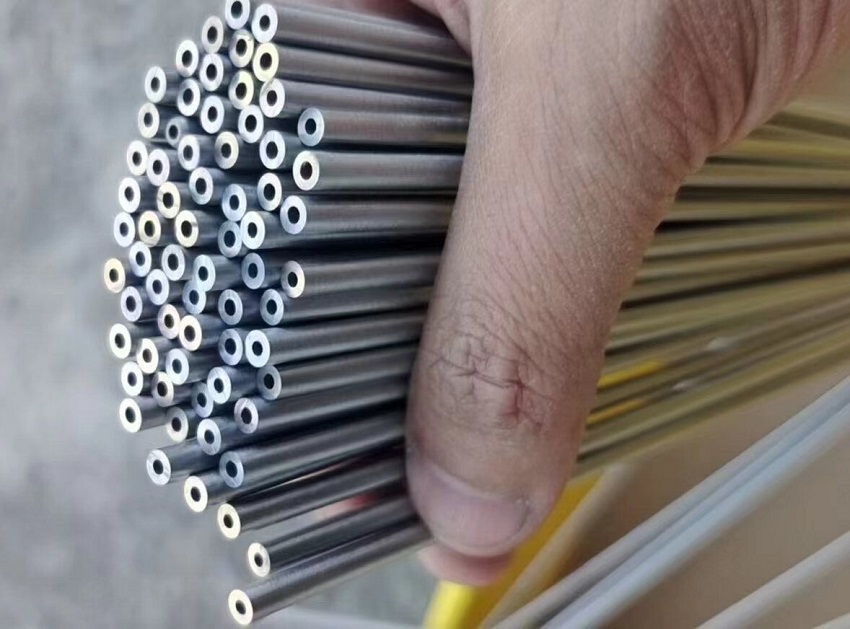NEWS CENTER
High-strength duplex stainless steel pipe and manufacturing method
High-strength duplex stainless-steel pipe and manufacturing method Background Technology
In the environment of oil and natural gas extraction containing CO2, generally, the 13%Cr series martensitic stainless steel pipes with excellent resistance to CO2 corrosion are used. As the extraction of oil and gas extends to more complex geological areas and the depth of oil and gas wells continues to increase, the pipes used in oil and gas extraction face higher requirements for strength, pressure, and temperature, as well as more severe corrosion environments (in the presence of high CO2 partial pressure and coexistence of C1). In such environments, the 13%Cr series martensitic stainless steel pipes can no longer meet the increasingly stringent service conditions, requiring the use of dual-phase stainless steel products with higher strength and better corrosion resistance. The microstructure of traditional dual-phase stainless steel consists of austenite and ferrite phases. To obtain such a microstructure, the chromium content of stainless steel is usually above 22wt%, and the nickel content is between 5~10wt%. Additionally, to achieve the required high strength, such stainless steel also needs to undergo special processes such as cold working and solution annealing, making its manufacturing cost higher and less conducive to widespread application.
The manufacturing method of high-strength dual-phase stainless steel pipes comprises the following steps:
1) Melting and casting;
2) Forming the pipe billet;
3) Annealing and reheating the pipe billet;
4) Forming the rough pipe;
5) Quenching;
6) Tempering.
In terms of the manufacturing process, this technical solution, through reasonable composition design, does not require any cold working processes (such as cold rolling, cold drawing, etc.). It only requires quenching + tempering heat treatment to achieve a strength of over 110ksi with a microstructure of martensite + ferrite for the high-strength dual-phase stainless steel pipe.
Furthermore, in the above step (3), the annealing temperature is 600-750°C.
Furthermore, in the above step (3), the pipe billet is reheated to 1100-1250°C after annealing, and held for 1-2 hours.
Furthermore, in the above step (5), the quenching temperature is 900-1020°C.
Furthermore, in the above step (6), the tempering temperature is 500-650°C, and the tempering time does not exceed 2 hours.
The key point of the manufacturing method involved in this technical solution is that it does not use cold working means. Only simple quenching + tempering heat treatment is used to obtain a high-strength, corrosion-resistant dual-phase stainless steel pipe.
High-strength duplex stainless-steel pipe advantages:
Compared with the existing technology where the microstructure of dual-phase stainless steel pipes is austenite + ferrite, the microstructure of the high-strength dual-phase stainless steel pipe described in this paper is martensite + ferrite, and the chromium and nickel content in the steel pipe are relatively low, which has the following advantages:
(1) Strength of 110ksi or higher;
(2) Good corrosion resistance, especially excellent high-temperature CO2 resistance and C1 corrosion resistance;
(3) Low production cost.
Compared with the manufacturing method of dual-phase stainless steel pipes in the existing technology, the manufacturing method of high-strength dual-phase stainless steel pipes described in this paper does not use any cold working means to obtain high-strength products, thereby improving production efficiency and reducing production costs.

High-strength duplex stainless-steel pipe
请输入搜索关键字
确定






